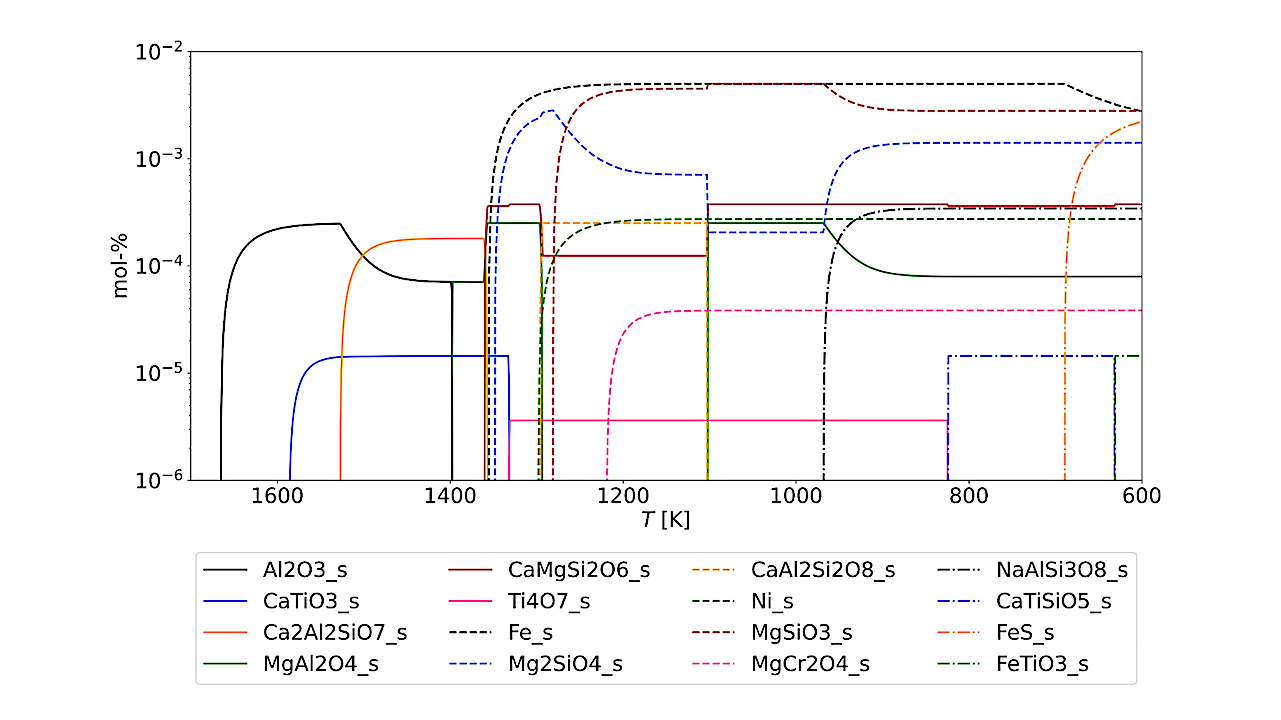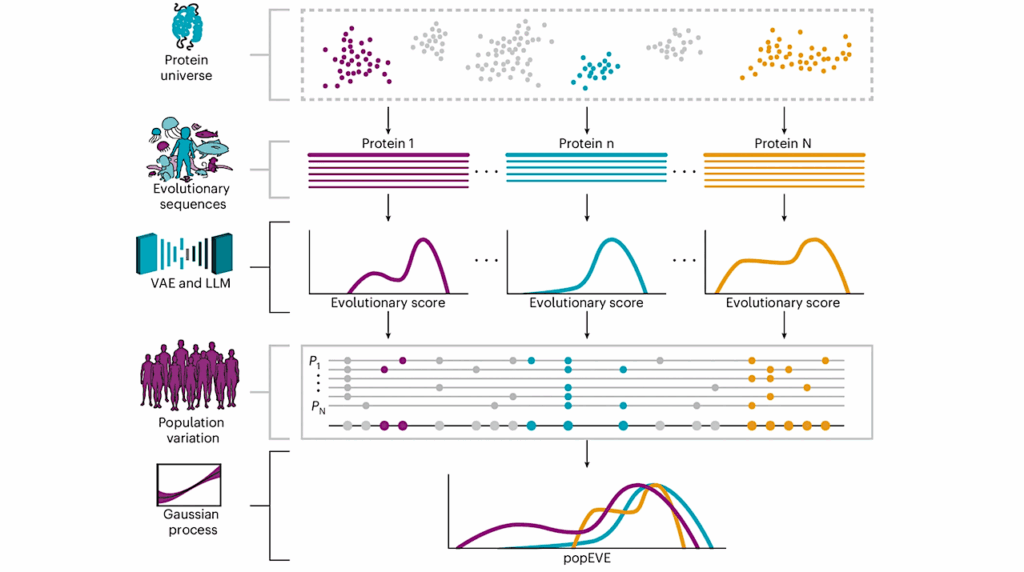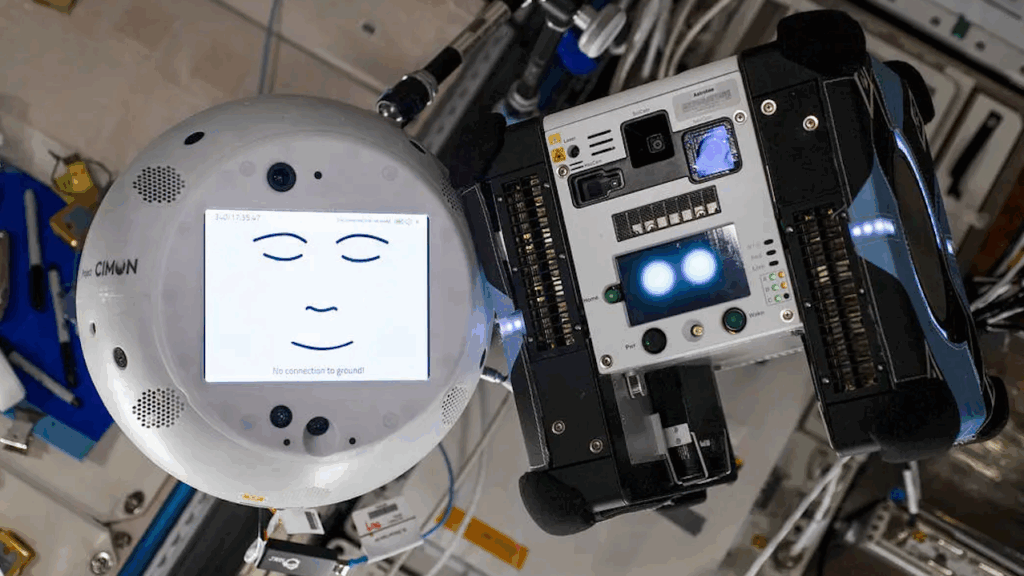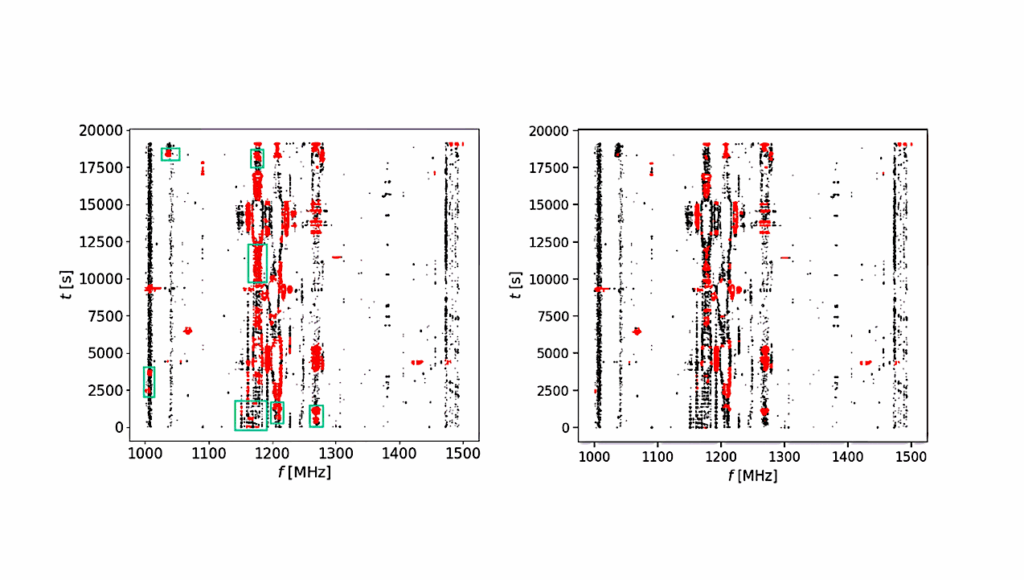Revisiting Equilibrium Condensation And Rocky Planet Compositions: Introducing The ECCOplanets Code

We introduce ECCOplanets, an open-source Python code that simulates condensation in the protoplanetary disk.
Our aim is to analyse how well a simplistic model can reproduce the main characteristics of rocky planet formation. For this purpose, we revisited condensation temperatures (Tc) as a means to study disk chemistry, and explored their sensitivity to variations in pressure (p) and elemental abundance pattern.
We also examined the bulk compositions of rocky planets around chemically diverse stars. Our T-p-dependent chemical equilibrium model is based on a Gibbs free energy minimisation. We derived condensation temperatures for Solar System parameters with a simulation limited to the most common chemical species. We assessed their change (ΔTc) as a result of p-variation between 10−6 and 0.1 bar. To analyse the influence of the abundance pattern, key element ratios were varied, and the results were validated using solar neighbourhood stars.
To derive the bulk compositions of planets, we explored three different planetary feeding-zone (FZ) models and compared their output to an external n-body simulation. Our model reproduces the external results well in all tests. For common planet-building elements, we derive a Tc that is within ±5 K of literature values, taking a wider spectrum of components into account. The Tc is sensitive to variations in p and the abundance pattern. For most elements, it rises with p and metallicity. The tested pressure range (10−6−0.1 bar) corresponds to ΔTc≈+350 K, and for -0.3 ≤ [M/H] ≤ 0.4 we find ΔTc≈+100 K.
An increase in C/O from 0.1 to 0.7 results in a decrease of ΔTc≈−100 K. Other element ratios are less influential. Dynamic planetary accretion can be emulated well with any FZ model. Their width can be adapted to reproduce gradual changes in planetary composition.

Predicted bulk composition (in wt − %) of a rocky planet simulated for the elemental abundance of HD27442 (low carbon system). Top panel: B10 planet composition results from four separate simulation runs. We also show our simulations: with a Gaussian FZ (second panel), a boxcar FZ (third panel), and no FZ (bottom panel). The arrows between the first two panels indicate roughly the location of the best correspondence between the Bond simulation and ours. — astro-ph.EP
Anina Timmermann, Yutong Shan, Ansgar Reiners, Andreas Pack
Subjects: Earth and Planetary Astrophysics (astro-ph.EP); Instrumentation and Methods for Astrophysics (astro-ph.IM)
Cite as: arXiv:2307.00914 [astro-ph.EP] (or arXiv:2307.00914v1 [astro-ph.EP] for this version)
Submission history
From: Anina Timmermann
[v1] Mon, 3 Jul 2023 10:19:32 UTC (1,298 KB)
https://arxiv.org/abs/2307.00914
Astrobiology








